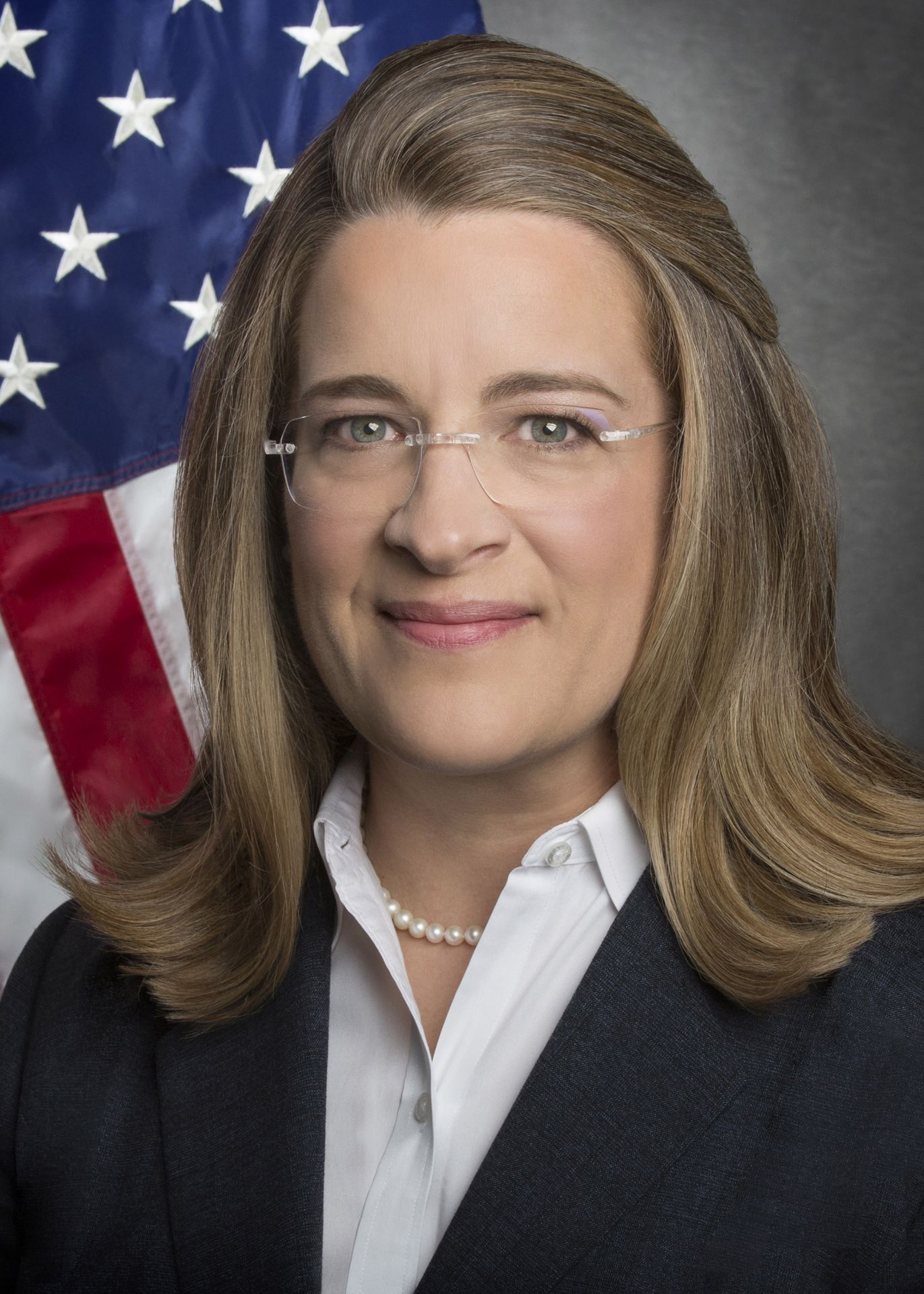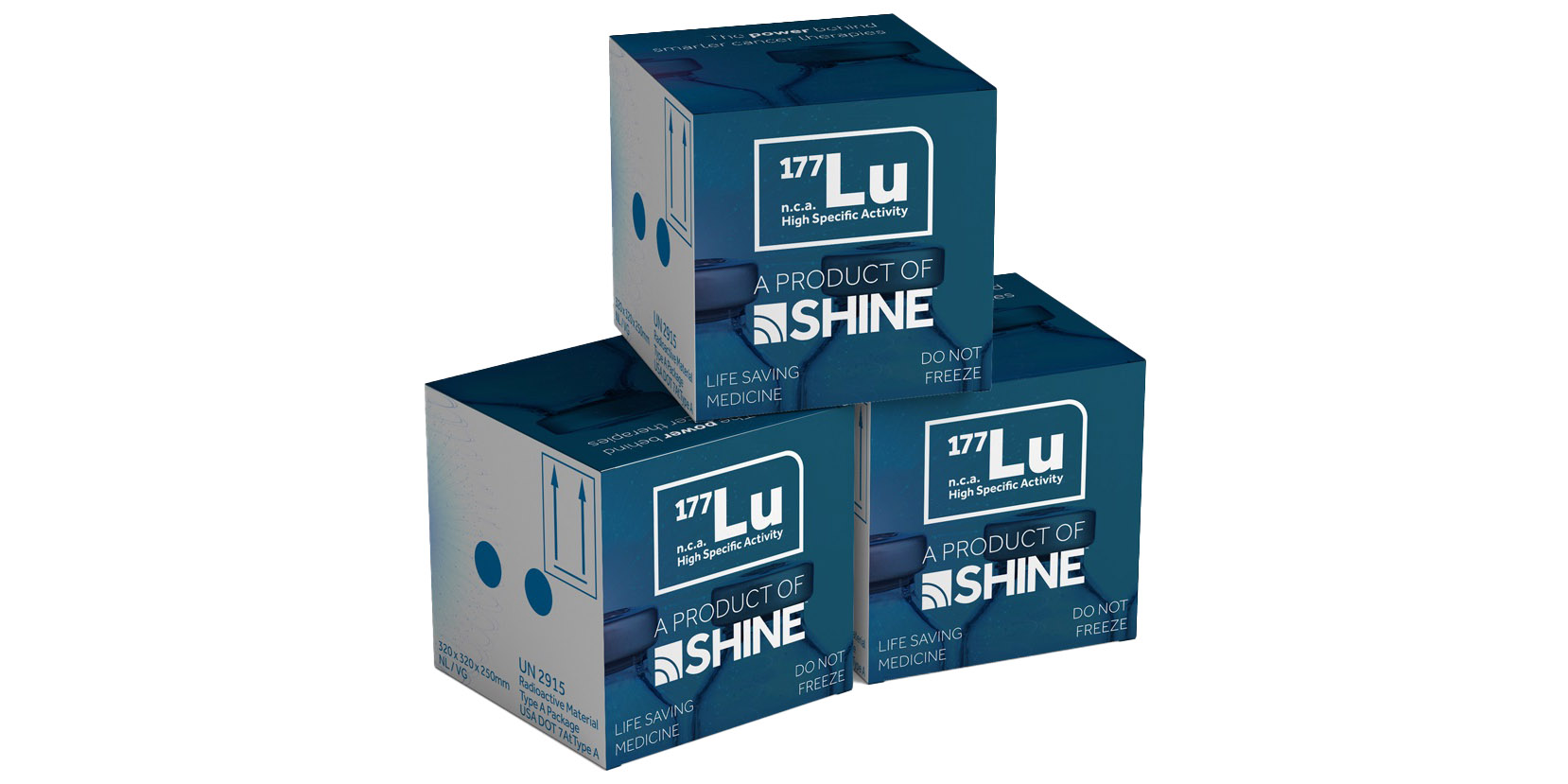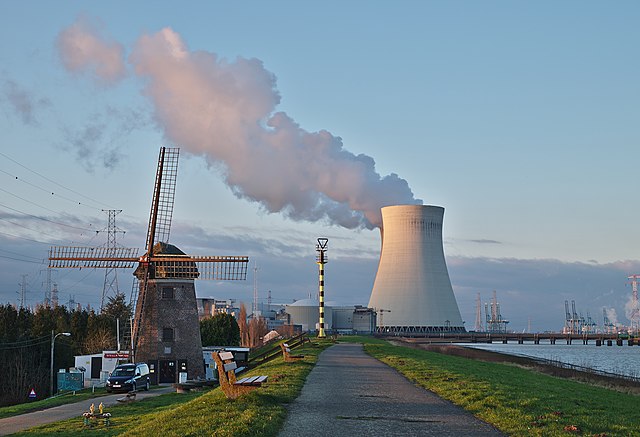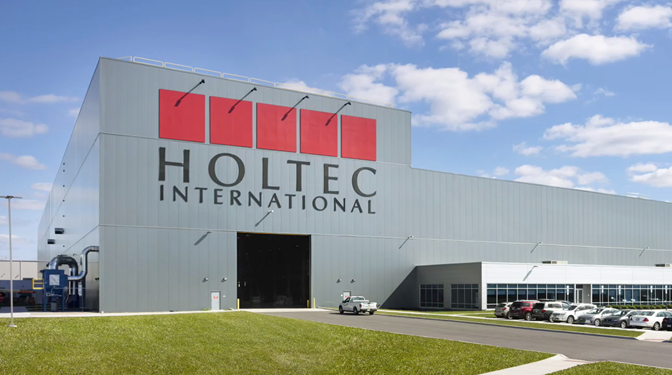Unit 3 at the Vogtle site in July 2022. (Photo: Georgia Power)
The Nuclear Regulatory Commission has authorized Vogtle plant operator Southern Nuclear to load fuel and begin operation at Unit 3—the first reactor to reach this point in the agency’s combined license process. (Prior to 1989, reactors were licensed under a two-step process, requiring both a construction permit and an operating license.)
NIST's Center for Neutron Research in suburban Gaithersburg, Md. (Photo: NIST)
The Nuclear Regulatory Commission announced on August 2 that it had issued a confirmatory order to the National Institute of Standards and Technology (NIST) for violating NRC requirements during a February 2021 fuel failure at the 20-MWt NIST Center for Neutron Research (NCNR) research reactor in Gaithersburg, Md. NIST committed to improving its training for fuel handing procedures and related management activities, safety culture program, reactor facility operations staff and management, corrective action program and operational procedures, and emergency response resources and procedures, among other things.
Signing the letter of agreement, from the left, are Damian Jamroz, Last Energy Polska general manager; Ryszard Wawryniewicz, LSSE vice president; Piotr Danielski, DB Energy vice president; and Dominik Brach, DB Energy CEO. (Photo: LSSE)
Last Energy, a Washington, D.C.–based small modular reactor startup, has signed a letter of intent with Poland’s Legnica Special Economic Zone (LSSE) and DB Energy for a power plant featuring 10 small modular reactors with 200 MWe of capacity to fuel the region’s industrial activities. (Established in 1997, the LSSE covers 18 subzones located in the central part of southwestern Poland’s Dolnośląskie Province and is home to more than 75 companies providing some 16,000 jobs.)
America’s nuclear navy presently has 86 nuclear-powered submarines and aircraft carriers. All of them, and their predecessors over the last 60 years, have performed flawlessly, protecting America as well as their crews. Here, the nuclear submarine USS Seawolf leads the nuclear-powered aircraft carrier USS Nimitz and the conventionally powered Japan Maritime Self-Defense Force destroyer JS Oonami DD 111 during exercises in 2009. (Photo: United States Navy)
Just this last April, President Biden officially commissioned the USS Delaware, a new Virginia-class nuclear attack submarine, the 18th built in that class and the eighth and final Block III Virginia-class submarine. (The Delaware was administratively commissioned in April 2020, but the COVID-19 pandemic caused delay of the ceremony for two years.)
An artist's rendering of the NuScale plant. (Image: NuScale Power)
The Nuclear Regulatory Commission has directed its staff to issue a final rule certifying NuScale Power’s small modular reactor design for use in the United States, the agency announced last Friday.
Certification of the Portland, Ore.–based SMR developer’s design will become effective 30 days after publication of the rule in the Federal Register. The design will be incorporated as Appendix G to 10 CFR Part 52, Licenses, Certifications, and Approvals for Nuclear Power Plants.
An approach to future plant fabrication and siting suitable for many reactor types and scales, with large potential worldwide benefits
July 29, 2022, 3:25PMNuclear NewsMichael Golay, Jacopo Buongiorno, and Neil Todreas The offshore plant combines two mature technologies: the floating rig and the nuclear reactor.
In recent years, the rate of building new nuclear power plants has slowed internationally except in some rapidly developing countries. In Western countries that have considerable experience with nuclear power, completion of new projects on time and on budget has become more difficult. Shipyard-fabricated plants may offer a new direction for meeting international needs and responding to requirements for better cost control and safety. In this article we offer an overview of the floating nuclear power plant concept, including experience with it to date and its key engineering and strategic features, along with related uncertainties and needed conditions for future projects to be successful.
The U.S. Capitol. Photo: Wikimedia commons.
In a 243–187 vote, the House of Representatives yesterday passed the CHIPS and Science Act of 2022, a $280 billion economic competitiveness package aimed at bolstering U.S. semiconductor manufacturing, as well as scientific research and development, including nuclear energy R&D.
The new TRFS provides for automated adjustment of the direction of the DIII-D primary magnetic field. (Photos: GA and PPPL)
The DIII-D National Fusion Facility now boasts a unique automated system that allows for a quick reversal of the direction of its magnetic field, expanding the range of possible fusion experiments while reducing downtime. General Atomics, which operates the DIII-D for the Department of Energy’s Office of Science, announced the new Toroidal Field Reversing Switch (TFRS) on July 26.
An artistic rendering of the Versatile Test Reactor. (Image: DOE)
The Department of Energy today issued a Record of Decision (ROD) for the Final Versatile Test Reactor Environmental Impact Statement (final VTR EIS; DOE/EIS-0542). The VTR will be a sodium-cooled, fast-neutron-spectrum test reactor that will enhance and accelerate research, development, and demonstration of innovative nuclear energy technologies critical to tackling the climate crisis, according to the DOE.
The VTR ROD and final VTR EIS are available for viewing or download here.
The Doel nuclear power plant in Belgium along with the De Molen windmill in foreground. (Photo: Trougnouf)
The Belgian government has signed a nonbinding letter of intent with Electrabel, a subsidiary of the French utility Engie, to keep nuclear a part of Belgium’s energy mix for an additional 10 years.
Electrabel operates Belgium’s two nuclear power plants, the four-unit Doel and three-unit Tihange.
Romania’s Cernavoda Units 1 and 2. (Photo: Nuclearelectrica)
Romania’s Nuclearelectrica, the state-owned operator of the two-unit Cernavoda nuclear power plant, has awarded Candu Energy a contract to conduct design and engineering services for the facility’s Unit 1 refurbishment project, according to an announcement last week from SNC-Lavalin, Candu Energy’s parent company.
Holtec’s Advanced Manufacturing Division, in Camden, N.J. (Photo: Holtec)
The Department of Energy earlier this year approved part one of a loan application from Holtec International for small modular reactor construction and invited the firm to apply for a loan to help build four of its SMR-160 units and grow its manufacturing capacity to produce the first wave of SMRs.
A view of the entrance to tower #22, showing the dismantled part of an inclined column.
While the construction of two additional reactors at Slovakia’s Mochovce nuclear plant (Units 3 and 4) may get most of the attention, it isn’t the only major project underway there. In October of last year, plant owner Slovenské Elektrárne commenced the first phase of an effort to revitalize two of the four 125-meter-tall, Iterson-type cooling towers that serve the facility’s two operating reactors—both of which began generating electricity in the late 1990s. Towers #11 and #21 had been refurbished in 2011 and 2012, respectively. The other two, however, towers #12 and #22, had never undergone refurbishment.















.jpg)

 The June 2017 special report on the ANS Nuclear Grand Challenges (available online at
The June 2017 special report on the ANS Nuclear Grand Challenges (available online at 
